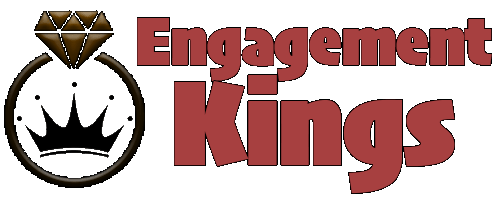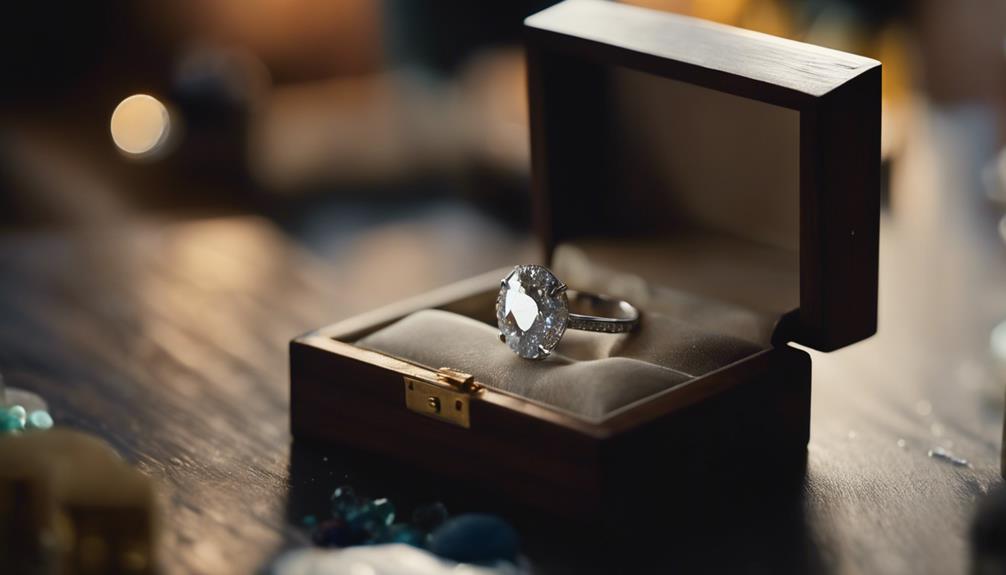Trading in your diamond ring is an excellent way to upgrade or find a piece that matches your current style. Start by checking your original jeweler’s upgrade policy and gather all relevant documentation, like purchase receipts and certifications. Get a professional assessment for an accurate valuation and compare trade-in quotes from multiple vendors. Top vendors such as Blue Nile, James Allen, and Abe Mor have structured programs and secure shipping options. For best value, evaluate offers based on the 4 Cs: cut, color, clarity, and carat weight. You’ll need a seamless process and excellent customer service, and there’s more to learn about getting the best deal.
Reasons for Trading In
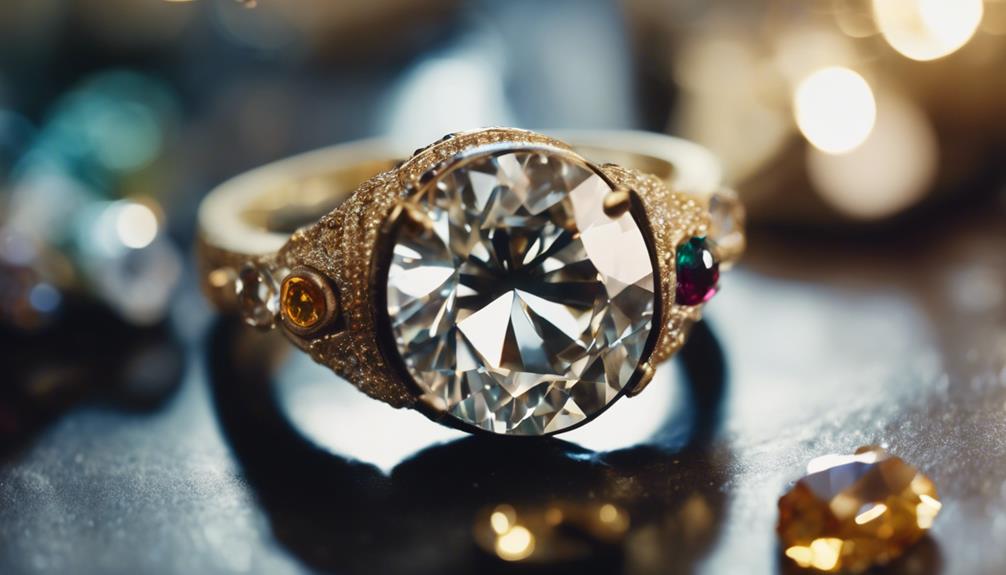
Many people decide to trade in their diamond ring for several compelling reasons.
You might want a larger diamond center stone to make a bolder statement or match your evolving style. As your tastes change over time, that once-perfect ring might no longer reflect your personality or preferences.
Another common reason is inheriting a diamond ring that, while sentimental, doesn’t quite fit your style or needs. Trading it in allows you to honor the memory while getting something more suited to you.
You might also be converting an existing ring into an engagement ring. Perhaps you started with a simpler design and now want something more elaborate or meaningful for this significant milestone.
Upgrading your diamond over time is also a popular trend. As people progress in their careers and lives, they often choose to celebrate these achievements with a more impressive piece of jewelry.
Whatever your motivation, trading in your diamond ring can be a smart and satisfying decision. It allows you to adapt to your changing lifestyle, commemorate special moments, and guarantee your jewelry always feels just right for you.
Trade-In Process Steps
Once you’ve decided to trade in your diamond ring, understanding the trade-in process steps is key to guaranteeing a smooth and beneficial experience.
First, check with your original jeweler to see if they offer an upgrade policy. Many jewelers provide credit towards a new purchase, but terms can vary widely, so it’s crucial to clarify the details.
Next, gather all documentation related to your diamond, including the original purchase receipt and any certification (like GIA or AGS). This information will help appraisers accurately assess your diamond’s value.
Then, get your diamond professionally assessed. Reputable vendors will provide a thorough evaluation and explain their offer. Compare trade-in quotes from several sources to make sure you’re getting the best deal.
After accepting an offer, discuss the logistics of the trade-in. Some vendors will require you to ship your diamond, while others may have physical locations. Confirm you understand the shipping insurance and security measures.
Top Diamond Vendors
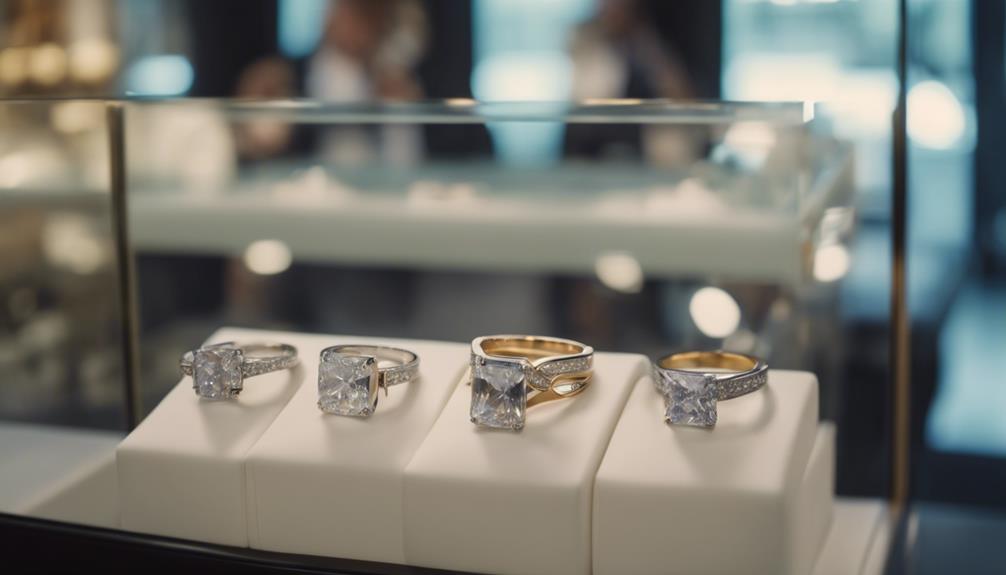
If you’re looking for the best diamond vendors for trading in or upgrading your ring, consider Abe Mor, Blue Nile, James Allen, and Brian Gavin Diamonds. Each of these vendors offers unique advantages that cater to different needs and preferences.
Abe Mor stands out for its expertise and competitive pricing. They’ve a secure shipping program and maintain strong relationships with jewelry retailers, which helps in getting better market pricing insights.
Blue Nile offers a structured upgrade program, including a lifetime diamond upgrade for AGS and GIA-graded diamonds, alongside the largest online inventory and a focus on customer satisfaction.
James Allen provides a lifetime upgrade program that gives you 100% credit for diamonds of double the original value or more. Their exceptional customer service, advanced diamond imagery, and transparent pricing make them a top choice.
Brian Gavin Diamonds is known for producing highly brilliant diamonds, especially in larger carats, and offers a lifetime upgrade policy backed by thorough reviews.
Consider these factors when choosing a vendor:
- Lifetime upgrade policies
- Competitive pricing
- Customer service excellence
- Quality and brilliance of diamonds
Taking these into account will help you find the best vendor for your diamond trade-in needs.
Maximizing Trade-In Value
To get the most value from your diamond trade-in, start by researching and comparing offers from different vendors.
Don’t settle for the first offer you receive; take the time to explore multiple options. Look for vendors with transparent pricing and a reputation for giving fair assessments. Vendors like Abe Mor, Blue Nile, and James Allen are known for their competitive trade-in policies, making them good starting points.
Next, evaluate the quality of your diamond. Know the 4 Cs—cut, color, clarity, and carat weight—since these factors greatly influence the value. If possible, have a professional appraisal done to verify you’re getting an accurate valuation.
Avoid vendors who offer full value upgrades that might mask the cost of overpriced new diamonds. Instead, prioritize those who offer clear, itemized pricing. Always consider the current market conditions, as they can affect the trade-in value of your diamond.
Lastly, convenience is key. Opt for vendors who make the process seamless and stress-free. Reliable vendors often offer secure shipping programs and excellent customer service, guaranteeing your trade-in experience is smooth and rewarding.
Choosing Your New Ring
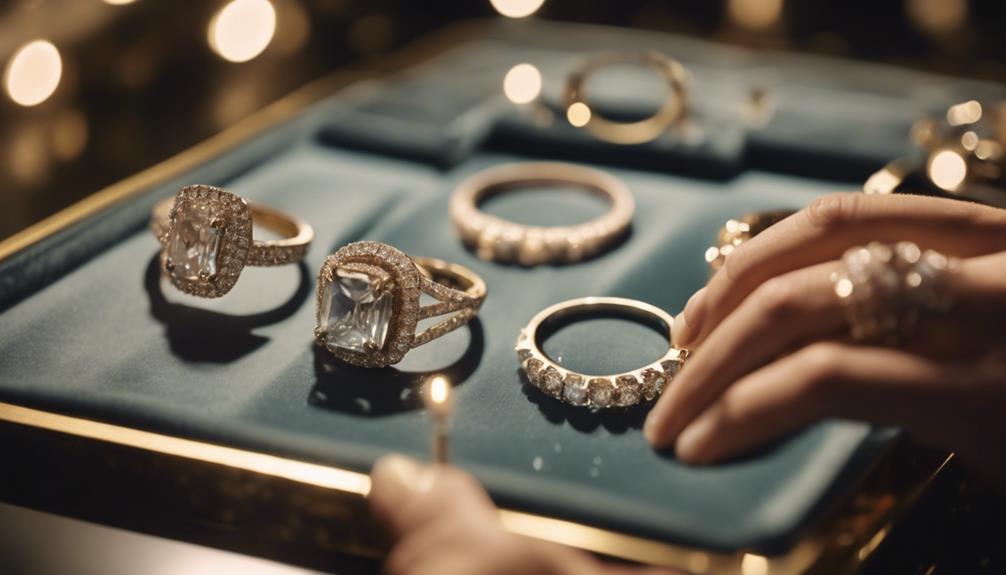
When choosing your new ring, focus on finding a diamond that aligns perfectly with your personal style and preferences. Start by considering the 4 Cs—cut, color, clarity, and carat weight. These factors greatly impact your diamond’s overall appearance and value.
To help guide your selection, consider the following:
- Cut: Opt for an ideal or excellent cut to maximize brilliance. A well-cut diamond reflects light beautifully, making it sparkle more.
- Color: Diamonds are graded on a scale from D (colorless) to Z (light yellow). For a good balance between cost and appearance, consider diamonds in the G-I range.
- Clarity: Look for diamonds with clarity grades of VS1 or VS2. These grades typically have no visible flaws to the naked eye, offering great value.
- Carat Weight: Decide on a carat weight that fits your budget and desired look. Remember, a slightly lower carat weight can often look just as stunning.
Conclusion
Trading in your diamond ring can be a rewarding way to upgrade your cherished piece.
By understanding the trade-in process, seeking reputable vendors, and comparing offers, you’ll get the best value for your investment.
Don’t rush; take your time to guarantee the new ring meets your quality standards and reflects your evolving style.
With the right knowledge and resources, you’re ready to turn your existing ring into something truly special.
